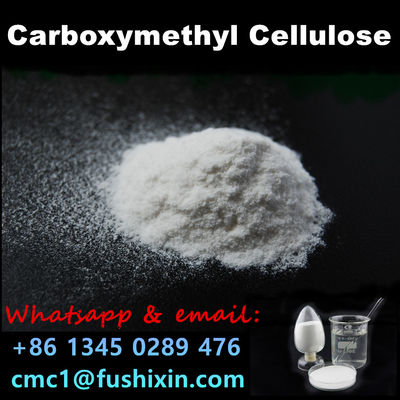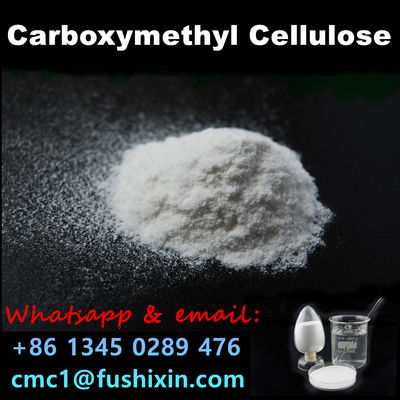Ultra High DS Degree of Substitution CMC for Textile Printing Thickener
Printing paste is a compound polymer that acts as a thickening agent in color paste. It can dissolve in water or fully swell in water to disperse to form a thick colloidal solution. As the main component of printing paste, it determines the shade of the printed fabric, the color of the surface, the contour of the pattern, the uniformity of the printing, and the hand feeling of the fabric. It is an important factor that affects the printing effect. Sodium alginate is used as the printing paste. However, sodium alginate is not resistant to strong acids, alkalis and heavy metal ions; it is prone to mildew and poor storage stability; the structural viscosity of the original paste is replaced, which is close to the rheological properties of Newtonian fluid, which is not conducive to rotary (flat) screen printing, especially high-mesh screen printing; used for flat screen printing to conduct fluidity, there are defects such as permeability, screen permeability, color yield, and brightness are not ideal, so its application is limited. In addition, the supply of sodium alginate began to be tight, the price climbed, and gradually changed. The development of a new substitute paste with good performance and low price is an urgent problem for the printing and dyeing industry.
In the search for sodium alginate substitutes, synthetic pastes, modified starches, and guar gum have become the focus of related research at home and abroad, while cellulose methacrylate has received little attention. An important factor is its degree of substitution (DS). The degree of substitution refers to the average number of sodium methyl carboxylate groups attached to each cellulose unit. Degree of substitution products, the degree of substitution is generally 0.6 ~ 0.8, there are still a large number of active hydroxyl groups in the molecule, it is easy to react with reactive dyes, and reactive dye printing cannot be used. Therefore, methyl cellulose can be ignored as a reactive dye printing paste. When the DS is high (≥2.0), carboxymethyl cellulose can be used as the printing paste of reactive dyes. The CMC pastes with a ultra high DS (degree of substitution) above 2.0 can replace sodium alginate in reactive dye printing.


Performance of Ultra High DS CMC


Left pic:Dyed color granular CMC 2% solution Right pic: The left is standard product made in Italy. The middle and right are Fuxin different types of CMC.
Specification
| TYPE |
Degree of Substitution (DS) |
Viscosity
(Brookfield,1%soln.,20℃)
|
pH |
Moisture |
Particle Size |
| 10H |
1 |
2500-3000cps |
6.5-8.5 |
≤15% |
20-70 mesh |
| 13H |
1.3 |
1500-2500cps |
| 15H |
1.5 |
1000-2000cps |
| 18H |
1.8 |
800-1600cps |
| Y002 |
2 |
800-1500cps |
| Y230 |
2.3 |
600-1000cps |
*Kindly contact us for specification and information about any specific grade of CMC other than mentioned in the above table.
Powder or granular available, we recomed customer to purchase the brown granle type CMC to sell as sodium alginate for higher profit.
Technique Process
▲Dissolve the dyes and add into the paste, make the color paste with thickener→▲Printing→▲Drying (100 ℃)→▲Baking or steaming→▲Washing→▲Soaping→▲Rinsing→▲Post treatment procedure.
Dissolution Methods and Proportion:
How to make the paste?
1. The ratio depends on DS level, low DS product should mix with pure sodium alginate to reach a better performance, while ultra high DS product can 100% replace SA.
2. Proportion: same as sodium alginate original paste preparing. Firstly add 65% water, stir the water while adding the product evenly and slowly, then speed up the stirrer for 20-25 minutes. And then add the remaining 35% water, stir for another 20-30 minutes. Leave for 15 minutes.
How to make sure the paste dissove completely?
1. Powder and water completely fuse, not exist solid-liquid separation phenomenon.
2. Paste is dissolved evenly, the surface is smooth, no granular objects.



 Your message must be between 20-3,000 characters!
Your message must be between 20-3,000 characters! Please check your E-mail!
Please check your E-mail!  Your message must be between 20-3,000 characters!
Your message must be between 20-3,000 characters! Please check your E-mail!
Please check your E-mail! 



